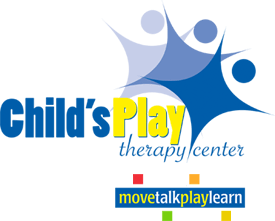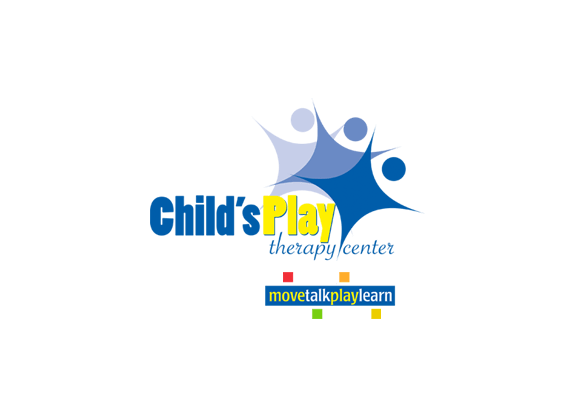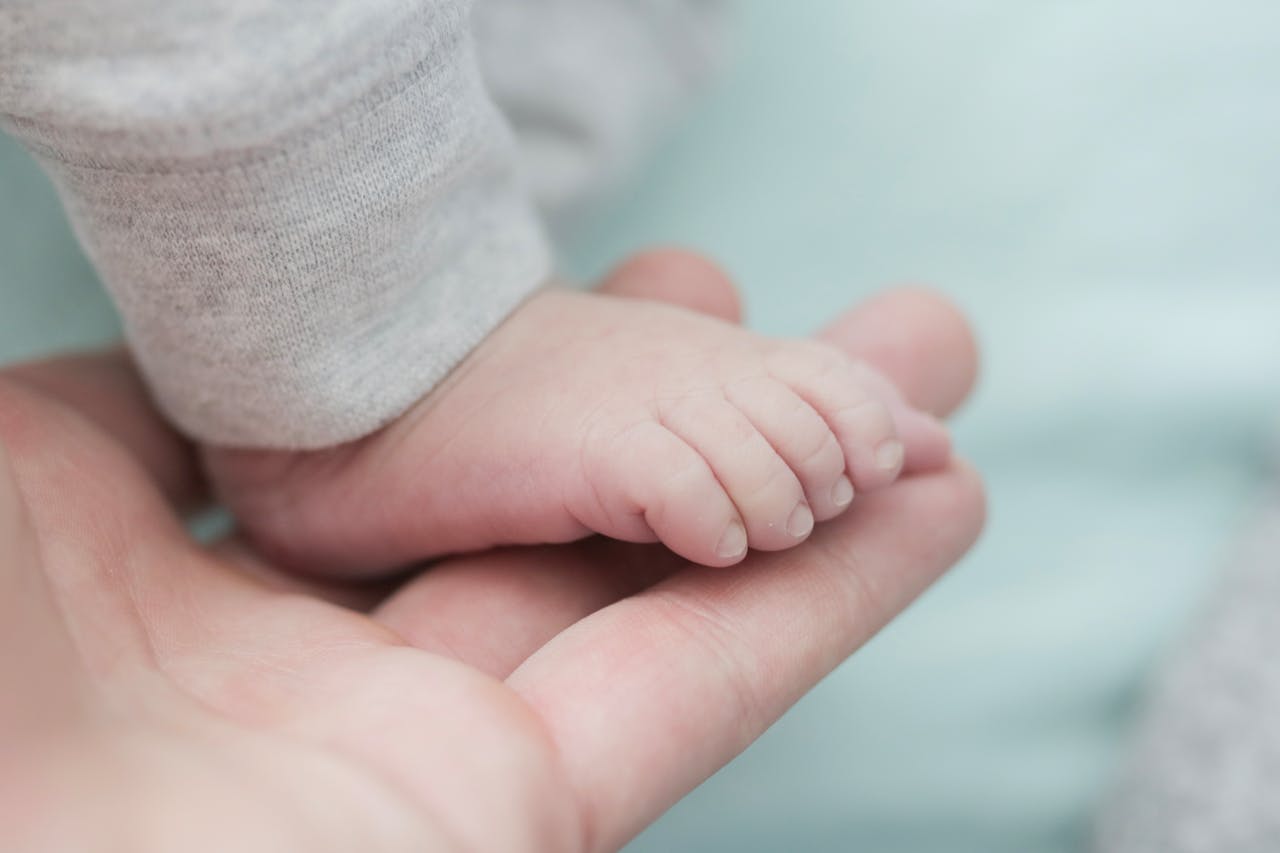Written by: Emily Boyd, PT, DPT

These three words may sound foreign and a little intimidating to a parent when hearing them for the first time from your child’s doctor, however if you know what they mean and what to watch out for they no longer have to be scary!
Torticollis is a condition that usually presents in children soon after birth. The word torticollis combines two words in Latin that mean “twisted neck.” It occurs due to tightness of the sternocleidomastoid (SCM) muscle which runs down the sides of our necks to the collar bone. This muscle causes the neck to tilt towards one shoulder and rotate the chin the opposite way. Children who have torticollis will keep their head tilted towards one shoulder and looking the opposite way in most positions (such as tummy time, laying on their back, being carried, in the crib and the car seat).
Brachycephaly is flattening across the whole back of a child’s head. This can be caused before birth due to position in the womb or during the birthing process, but more often times is due to too much time spent on their backs in different positions such as the crib, containers (such as swings or other seats at home), or the car seat.
Plagiocephaly is flattening across one side of the back of a child’s head. This can also be caused prior to birth due to positioning in the womb or during the birthing process, but also can be a result of positioning after birth (specifically due to torticollis).

All the above conditions can be noticed by the child’s pediatrician, but parents who notice any abnormalities in their child’s head shape or preferences for neck positions should reach out to their pediatrician or a physical therapist as soon as possible. The sooner conservative treatment by a physical therapist is started, the better the outcomes and less likely a child is to need more invasive interventions. Physical therapy treatments often include things such as passive range of motion and gentle stretching, positioning and carrying techniques, massage, and education for home exercises to be performed daily with the child.
If you have noticed any of the above mentioned signs, please reach out to one of our CPTC locations today to schedule a physical therapy evaluation!
References:
https://www.physio-pedia.com/Congenital_torticollis · https://www.choosept.com/guide/physical-therapy-guide-to-head-shape-flatness-in-infants-plagiocephaly
https://www.nhs.uk/conditions/plagiocephaly-brachycephaly/
Torticollis



